Our caravan of eight souls, riding a now sightly battered VW sedan with trailer, possessed none of the gait or riches of the camel trains that once plied the Silk Roads. But we had gathered tales of our own, fought the pressures of time and the hazards of long-arc travels. With those credentials we slipped unnoticed through crowds at the Khurasan Gate, Baghdad’s sunrise portal, its face toward Persia, India and China. Was there ever such a brocaded city as this? With lore worked as lavishly with gold and silver, whose éclat surpassed the wonders of the ancient world and inspired stripling dreams?
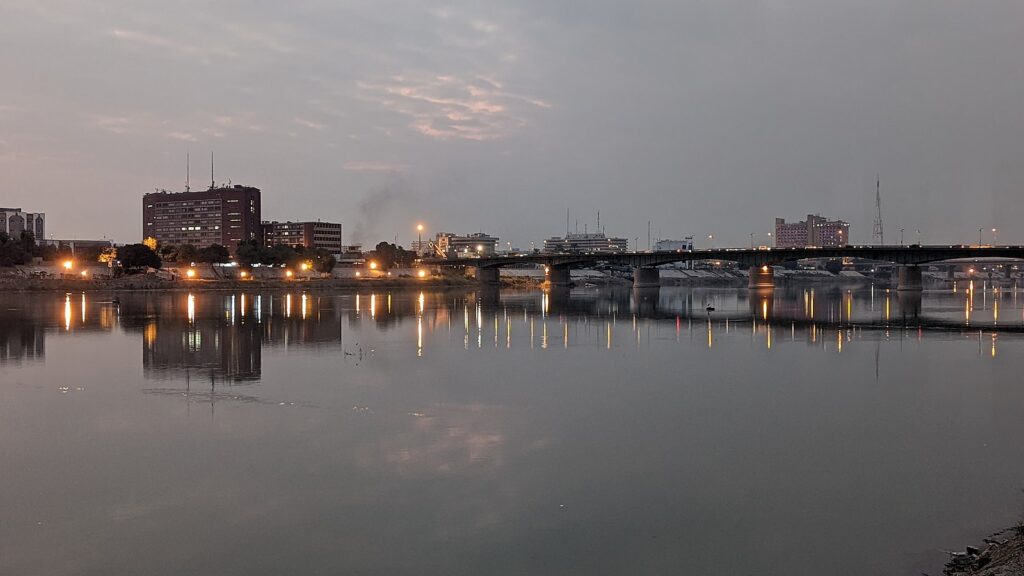
This city, once a fountain of higher learning, had hosted the grandest libraries on earth. Zoroastrians, Mandaeans, Assyrians and Christians joined the best of Islamic skill to birth a city of palaces, universities, streets, mosques and waterworks. And when the medieval West had sought its own antecedents – Greek philosophy, science, math, literature, art and medicine – it went hat in hand to the Arab custodians of those treasures. That learning set alight the fires of Renaissance, Reform and Enlightenment from which modernity was born.
We made our own way down those venerable streets now festooned with a crush of modern wares and trinkets midst the clamor of an eastern bazaar and the blare of pop music. Everywhere were purveyors of flat bread, lamb and dolma, cardamom tea, hookahs and carpets, as street vendors plied their bargains. Though it appeared chaotic, there was no escaping a hunch that this was a delicate whole tinkered to vigor by the ages. With a few fits and starts we made for a familiar caravanserai – the YMCA – which would provide safety to rest, bathe and find meals. There by the river we found respite to collect our thoughts, to send messages, to assess our roadworthiness and, having gathered news of possible routes, to plot an onward course.
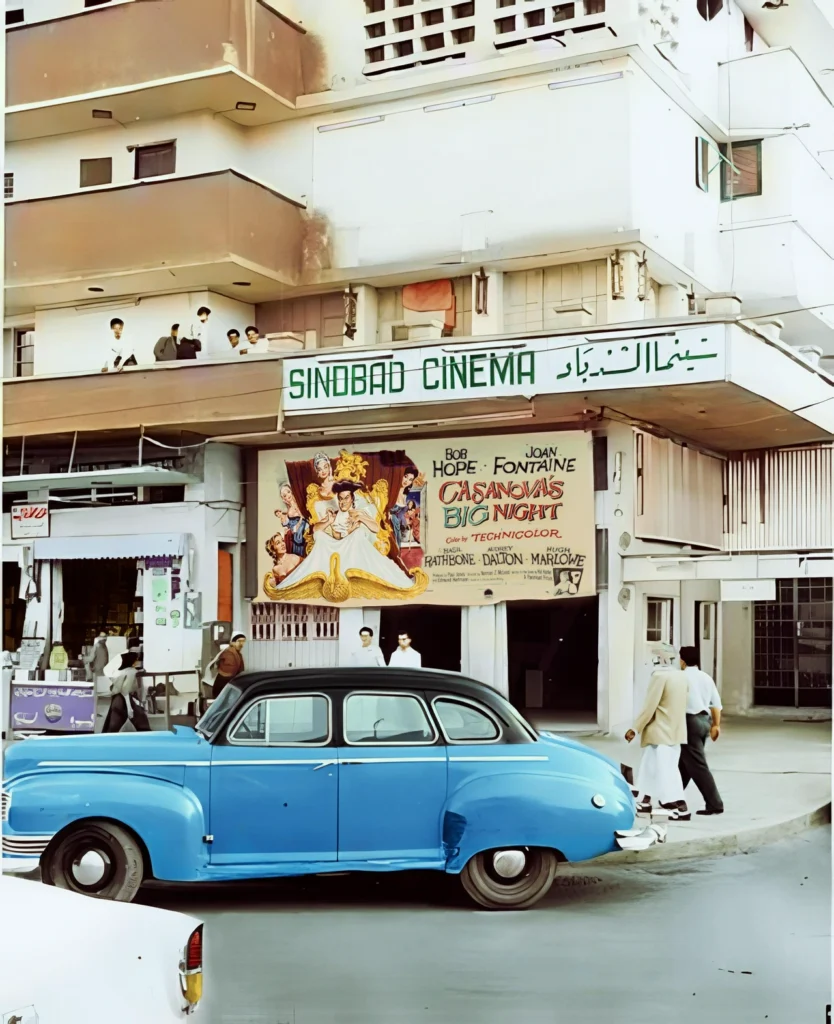
With some hours of leisure in hand, we went to a nearby theater that featured matinee showings. The details are suggestive. The name of the Sindbad Cinema evinced that restless mariner of ‘Arabian Nights’ who left his easy life in Baghdad for a series of voyages always involving chimera and ruinous shipwreck. A second detail was the film on tap that day, ‘The Ugly American’, a Hollywood tale of diplomatic blunders and of American indifference to Asia’s aspirations for independence. In short, it was a story presaging shipwreck.
The closing scene of the film depicts a suburban American family watching the evening news where a chastened – and now, wiser – diplomat is making an earnest appeal to America to extend to other nations the same support it once sought in its own struggle to be free. The mildly bored father is then seen to rise and switch off the broadcast mid-sentence. The nonchalance and arrogance struck like a freight train.
The house lights came up as we rose from our seats only to realize how dicey was our own situation – a clutch of westerners in a sea of now roused Iraqi Arabs. A tide of grumbling, anger and then finger-pointing exposed us as the nearest targets of political grievance, while we scanned the room for avenues of escape from a prospective lynching. To our relief the cauldron never quite boiled over other than some athletic jostling in the crowd as we slipped, heads-down, into Rashid Street and back to the shelter of our caravanserai. Like Sindbad, returned – barely – to home turf.
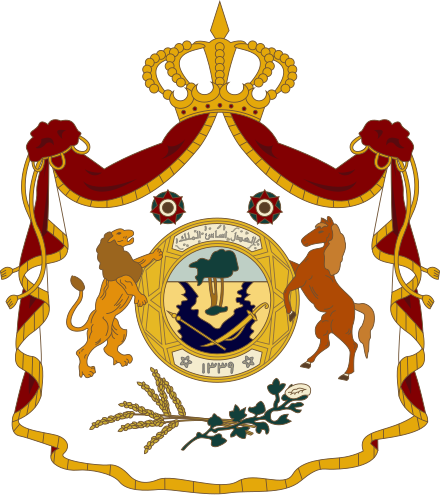
rivers, Tigris (r) and Euphrates (l), that undergird all life in
Mesopotamia, including what was once the largest date
palm forest in the world.
As shadows lengthened, we could see beyond us the Shuhada (‘Martyrs’) bridge crossing the Tigris, a landmark city structure. It formed part of a massive system of canals, dikes and dams to manage the river’s flow, to tame behavior that had bested the cleverest of human devices and engineering. Together they were mute testimony to some larger truth: that the real marvel of this city is the Tigris itself. Its flow, its disdain of time, its hidden power, its monopoly on life. Without the river, the city and its proudest achievements are but chaff. The river is the story.
It would be that fragile span, the Shuhada, that would soon carry our caravan over the Tigris current sending us west into the night, into a ‘land between rivers’ (Meso-potamia) and beyond.
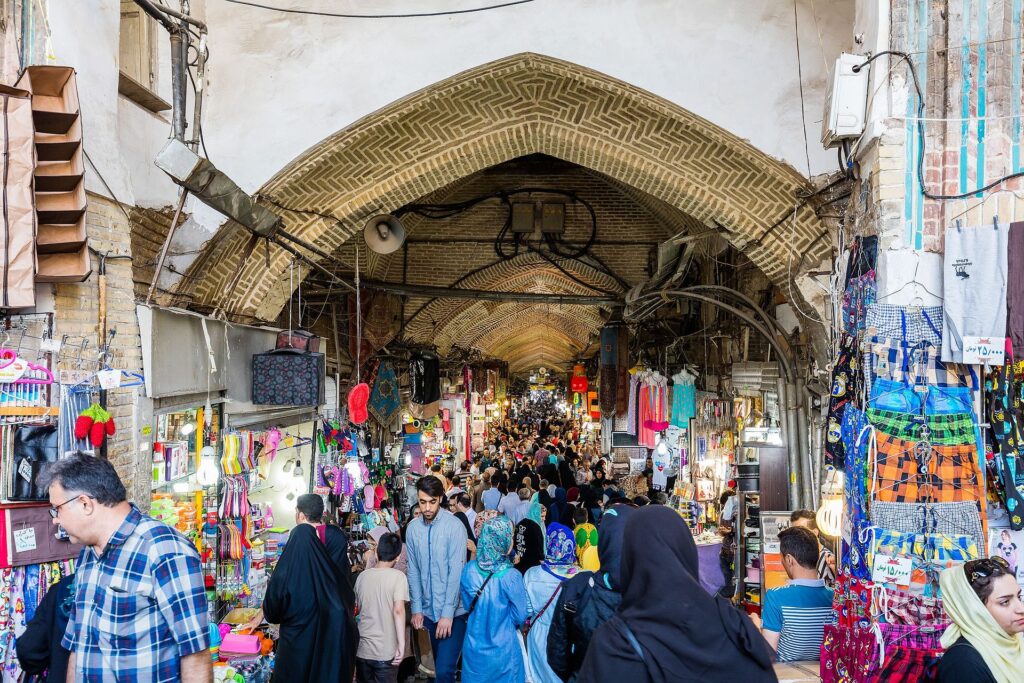
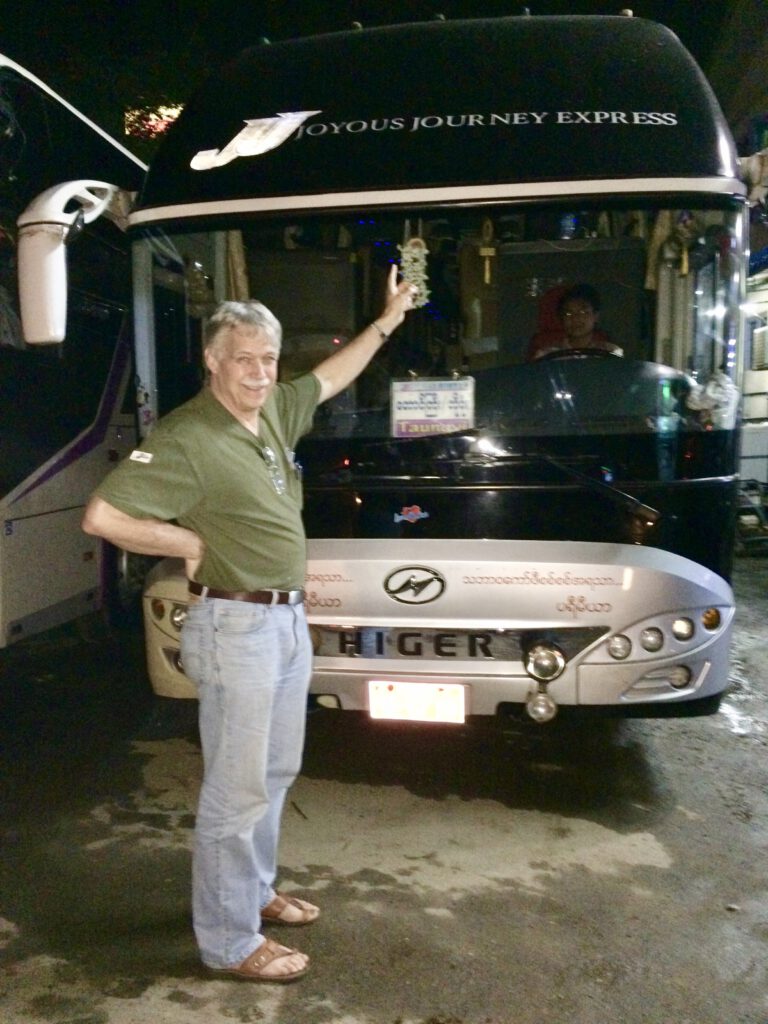
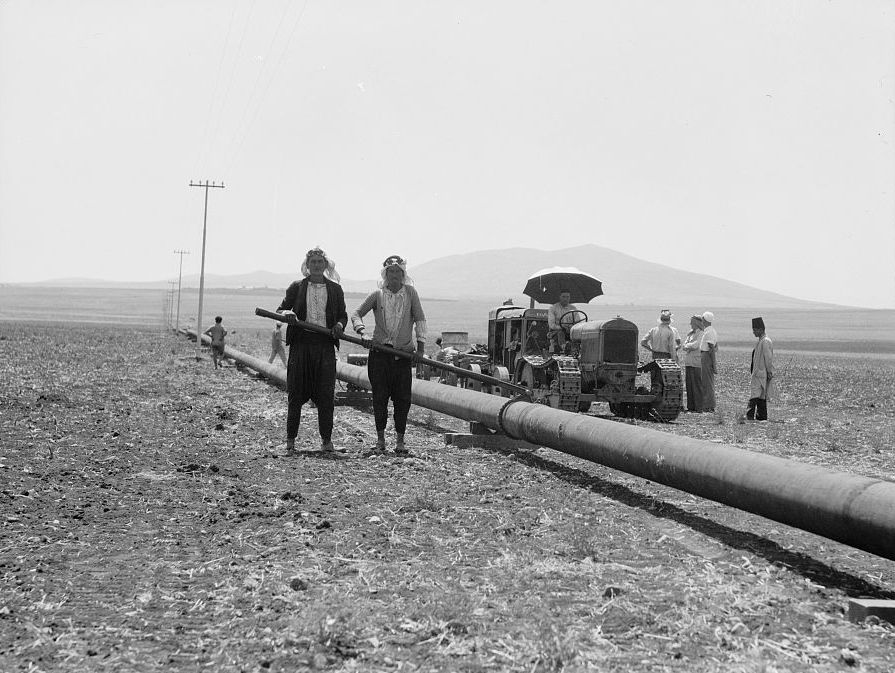
Your story reminds me of going to the little local cinema in Lesotho where a Wilbur Smith story was the movie of the night. Trouble is, it was based on white mercenaries fighting in the Congo. Many of the young man in the audience had been imbibing liberally and were quite frisky, and liberal in their comments towards us. Like you, we slipped out and left, unharmed but a little shaken up.
Hello, Ruth! It’s instructive for us to come face-to-face with these unsettling truths around us in the planetary neighborhood. An acclaimed Indian poet once said something like this, ‘The world is waiting for the aggrieved of the past to finally break silence and raise their voices in anger.’ It is ours to witness that moment and commit, however modestly, to engaging it.
Jonathan, your account of the theater experience reminds us of watching the movie “Cry Freedom” about the white South journalist, Donald Woods, relating his relationship with Steve Biko, murdered in captivity by the police. Woods has to flee the country to tell the story. The Umtata, Transkei (SA homeland for Xhosa people) theater was packed with a boisterous crowd applauding or cheering or booing as appropriate. Jean and I were the only whites in the crowd but the vibes were good even though the film focused more on the “heroic” journalist than the martyred Steve Biko.
Hello, Gary! I remember seeing this film, too, and in similar circumstances. Slowly, poets and storytellers are laboring to right the imbalance you mention – the stories of those nameless who survived prison and torture chambers. That the heroes were not always those who fled, but those who stayed behind.
Love your way with words, Jonathan. What an adventure.
Hello, Max! We’ve all experienced that time has a way of blurring memory or even obliterating it. But the reverse can also be true – that some past experience, when attended to, comes vividly to life. I am grateful for some bare bones, schoolboy, notes in a journal, but as I allow the subconscious to do its work, it amazes me how things creep back into the picture. Good of you to ride along!